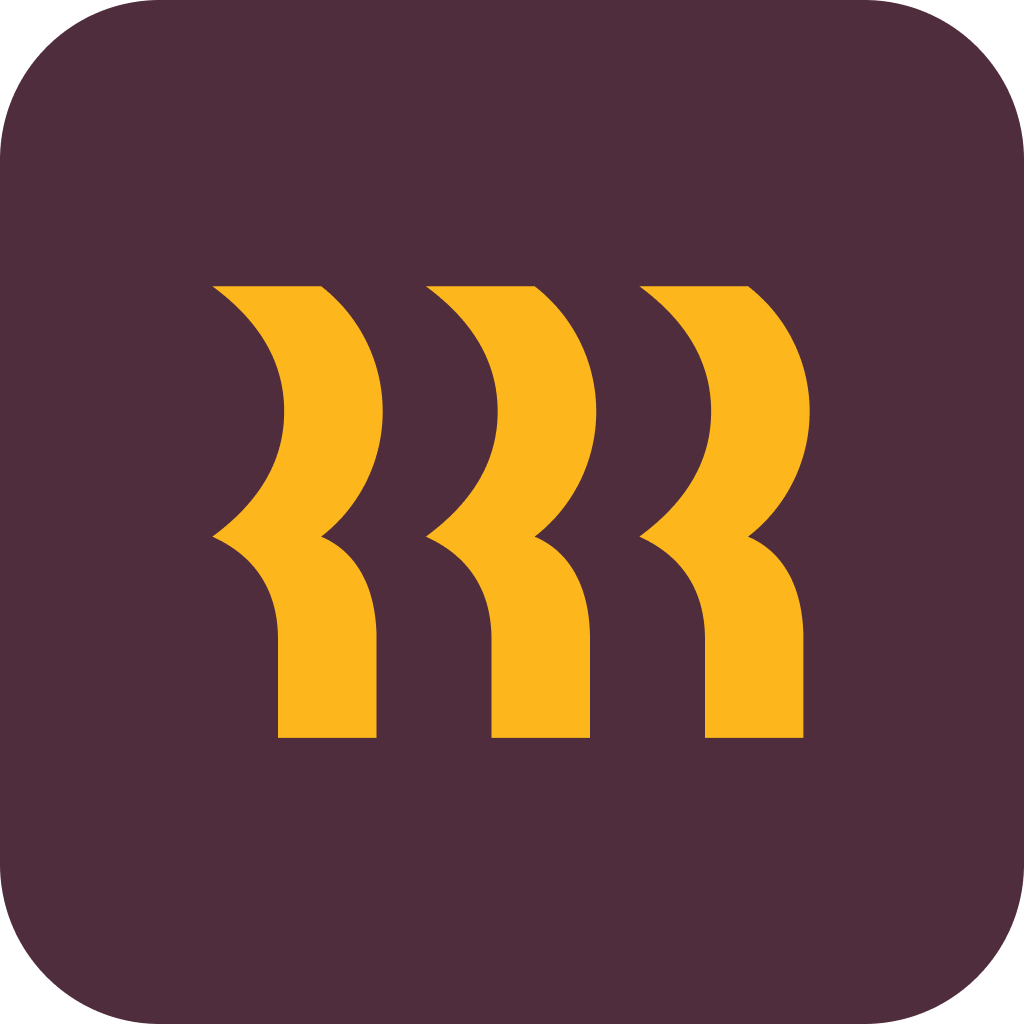An open shift is a work shift that has not yet been assigned to an employee and is available for someone to fill. Employees can typically view and claim open shifts through scheduling software or by coordinating with their employer.
Open shifts vs. shift scheduling
Open shifts allow employees to pick up shifts that are not assigned to anyone, giving workers more control over their schedules. Traditional shift scheduling, on the other hand, involves employers assigning shifts ahead of time, ensuring every scheduled shift is filled. Open shifts add flexibility for both employees and managers but require a reliable system to manage shift availability.
Examples of how open shifts work in different industries
Here are some examples of how open shift scheduling works in practice. In all these industries, effective employee scheduling helps make sure all shifts are filled so employees have maximum flexibility, and businesses have the staff they need when they need it.
- Retail: In retail, open shifts can be used to cover busier times like holiday seasons or sales events. Employees can pick up additional hours through employee scheduling systems.
- Healthcare: Nurses and other healthcare staff can use open shifts to cover extra hours in hospitals or clinics, so there is always adequate staff to meet patient needs.
- Food service and hospitality: In restaurants and cafes, open shifts allow staff to fill last-minute needs, such as covering unexpected absences or handling rush periods.
Pros and cons of using open shift scheduling
Pros of open shift scheduling
Cons of open shift scheduling
Flexibility for employees: Workers can pick up shifts that fit their personal and work schedules, improving their work-life balance
Potential scheduling conflicts: Employees may all pick up shifts at the same time, creating an imbalance in shift coverage.
Improved employee satisfaction: Shifts are based on employee availability, which can improve job satisfaction and retention
Reduced consistency: Using open shifts frequently may result in a lack of consistent staffing, affecting team cohesion.
Quick fill for open shifts: Admins can quickly fill shifts when unexpected changes occur, reducing the risk of being understaffed
Increased complexity for admins: Managing open shifts requires a reliable system and close monitoring to make sure all shifts are filled properly.
Reduced administrative burden: Automated systems handle shift assignments, reducing the need for managers to manually schedule shifts.
Employee burnout: While flexible, employees may overcommit to too many shifts, leading to burnout.
Compliance considerations when using open shifts
When implementing open shift scheduling, it’s essential to comply with labor laws and regulations regarding working hours and workloads. It’s up to employers to make sure employees are not exceeding legal overtime limits or working without adequate breaks. Additionally, it’s important to maintain fair scheduling practices to avoid overburdening certain employees while getting all shifts covered.
How to implement open shift scheduling
Open shift scheduling can be a highly effective way to improve flexibility in the workplace while meeting staffing needs. However, successful implementation requires a structured approach.
Step 1: Decide on a communication channel
The first step is selecting a reliable communication channel to notify employees of available open shifts. Scheduling software with real-time capabilities is ideal since it can send notifications to employees about available open shifts (even better if it offers a mobile app).
This streamlines the shift-picking process, ensuring that team members can claim shifts quickly. Look for functionality that allows easy communication and tracking for both managers and employees.
Step 2: Define parameters for open shift scheduling
Clearly define who is eligible to pick up certain shifts—only qualified employees should be able to claim specific shifts based on their role and skill level. This ensures proper staffing for each shift, and allows you to target specific employees for specialized shifts, minimizing confusion and making sure all shifts are covered by the appropriate team members.
Step 3: Roll out the policy gradually
Introduce open shift scheduling slowly. This gives the team members and managers time to familiarize themselves with the new scheduling process. It also allows you to fine-tune the system based on feedback and any issues that arise during the initial rollout phase.
Monitor and adjust as needed
After rolling out open shift scheduling, continually monitor its effectiveness to evaluate whether shifts are being filled efficiently, check employee feedback, and adjust scheduling practices as needed to improve shift management and maintain a balanced workload for all employees.
Frequently asked questions about open shifts
Still have questions about open shifts? Learn more in the FAQs below.
How do you ensure high-quality coverage with open shift scheduling?
To ensure high-quality shift coverage, businesses should limit shift availability to qualified employees. Scheduling software can help track skill sets and match employees to appropriate shifts.
Can open shift scheduling be automated?
Yes, many shift management and scheduling tools come with automation features that notify employees, match qualifications, and track open shifts in real-time, reducing manual effort and streamlining scheduling processes.
How do you choose the right shift scheduling tool for your business?
There are many solutions to choose from, including cloud-based and on-premise platforms, standalone scheduling software and more comprehensive workforce management platforms. Look for a tool that provides the functionality and workflow capabilities your business needs.
Rippling and its affiliates do not provide tax, legal, or accounting advice. This material has been prepared for informational purposes only, and is not intended to provide, and should not be relied on for, tax, legal, or accounting advice. You should consult your own tax, legal, and accounting advisors before engaging in any related activities or transactions.












































































































